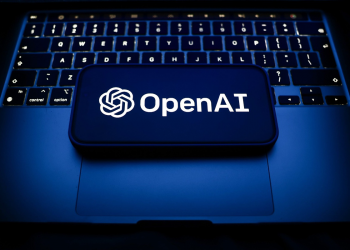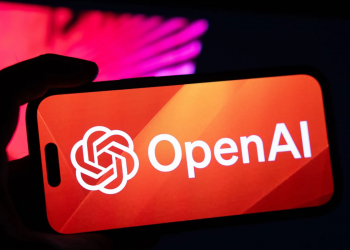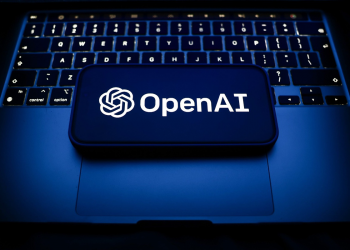Microsoft has introduced a new feature aimed at addressing the endless issue of inaccuracies in AI-generated text.
Known as “Correction,” this service is designed to detect and revise factual errors in content produced by AI models.
It works by comparing the questionable text with verified sources, such as transcripts, in order to improve accuracy. This tool is part of Microsoft’s Azure AI Content Safety API and can be integrated with various AI models, including those from Meta and OpenAI.
The Correction feature utilises a system that combines small and large language models to align generated text with reliable documents. According to a Microsoft spokesperson, the tool is especially valuable in fields where accuracy is necessary, such as healthcare.
However, while Microsoft says this development is a commendable one, there are reservations from experts regarding its effectiveness.
One of the main challenges in AI is “hallucinations” — instances where models generate fabricated or misleading information. These hallucinations occur because AI systems do not possess actual knowledge; rather, they predict responses based on patterns in the data they have been trained on.
Experts like Os Keyes, a Ph.D. candidate from the University of Washington, argue that hallucinations are intrinsic to how these systems operate, making it difficult to eliminate the problem entirely.
Microsoft’s Correction tool employs two models: one identifies potential inaccuracies, and the other attempts to amend them using grounded documents. While this approach could enhance the reliability of AI outputs, some critics remain cautious.
Mike Cook, a research fellow at Queen Mary University, has expressed concerns that such measures might provide a false sense of security, leading users to overestimate the trustworthiness of AI-generated content.
He also pointed out that while the tool might reduce some errors, it is unlikely to solve the fundamental issues of AI reliability.
Furthermore, there are issues about the bigger implications of Microsoft’s innovation. With the feature being free for only a limited number of text records per month, there is a potential financial burden for users who rely heavily on it.
Microsoft is under pressure to demonstrate the financial viability of its AI investments, having spent significant amounts on AI-related projects without seeing actual returns.
With businesses increasingly relying on AI for tasks like content generation, issues about accuracy remain a top priority. A KPMG poll found that hallucinations and errors are among the primary concerns for companies piloting AI solutions.
Despite these developments to mitigate the issue, experts like Cook believe that generative AI is still in its early stages and not yet ready for widespread deployment. The current issue, it seems, is balancing innovation with caution, as companies like Microsoft continue to refine their AI tools in the growing expectations.












